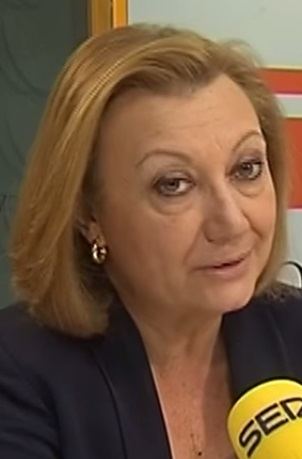22 May 2011 2015 → Turnout 689,904 (67.9%)
1.4 pp 10 September 2010 2 June 2000 | Registered 1,016,021 0.1% 8 November 2008 10 September 2010 23 seats, 31.1% 30 seats, 41.1% | |
 | ||
The 2011 Aragonese parliamentary election was held on Sunday, 22 May 2011, to elect the 8th democratically elected Courts of Aragon, the regional legislature of the Spanish autonomous community of Aragon. At stake were all 67 seats in the Courts, determining the President of the Government of Aragon.
Contents
The outgoing Spanish Socialist Workers' Party (PSOE) administration suffered a serious defeat after losing nearly 30% of its 2007 vote. The then-oppositor People's Party (PP) obtained the best result of its history in the region, despite remaining 4 seats short for an absolute majority of seats. This was also the first time since the 1999 election that the PP had received the most votes in Aragon. United Left (IU) had its best result since 1995, gaining 3 seats for a total of 4. The Aragonese Party (PAR), on the other hand, obtained its worst historical result, while the Aragonese Union (CHA) remained static at its 2007 result.
As a result of the election, Luisa Fernanda Rudi from the People's Party was elected President of Aragon as part of a PP-PAR coalition agreement. The PAR had been previously the PSOE coalition partner from 1999 to 2011.
Electoral system
The number of seats in the Aragonese Courts was set to a fixed-number of 67. All Courts members were elected in 3 multi-member districts, corresponding to Aragon's three provinces, using the D'Hondt method and a closed-list proportional representation system. Each district was entitled to an initial minimum of 13 seats, with the remaining 28 seats allocated among the three provinces in proportion to their populations, on the required condition that the number of inhabitants per seat in each district did not exceed 2.75 times those of any other. For the 2011 election, seats were distributed as follows: Huesca (18), Teruel (14) and Zaragoza (35).
Voting was on the basis of universal suffrage in a secret ballot. Only lists polling above 3% of valid votes in each district (which include blank ballots—for none of the above) were entitled to enter the seat distribution.
Vote
Poll results are listed in the table below in reverse chronological order, showing the most recent first. The highest percentage figure in each polling survey is displayed in bold, and the background shaded in the leading party's colour. In the instance that there is a tie, then no figure is shaded. The lead column on the right shows the percentage-point difference between the two parties with the highest figures. Poll results use the date the survey's fieldwork was done, as opposed to the date of publication. However, if such date is unknown, the date of publication will be given instead.
Seat projections
Opinion polls showing seat projections are displayed in the table below. The highest seat figures in each polling survey have their background shaded in the leading party's colour. In the instance that there is a tie, then no figure is shaded. 34 seats were required for an absolute majority in the Aragonese Courts.
